Home>Furniture & Design>Bathroom Accessories>How Much Does A Steel Bathtub Weigh
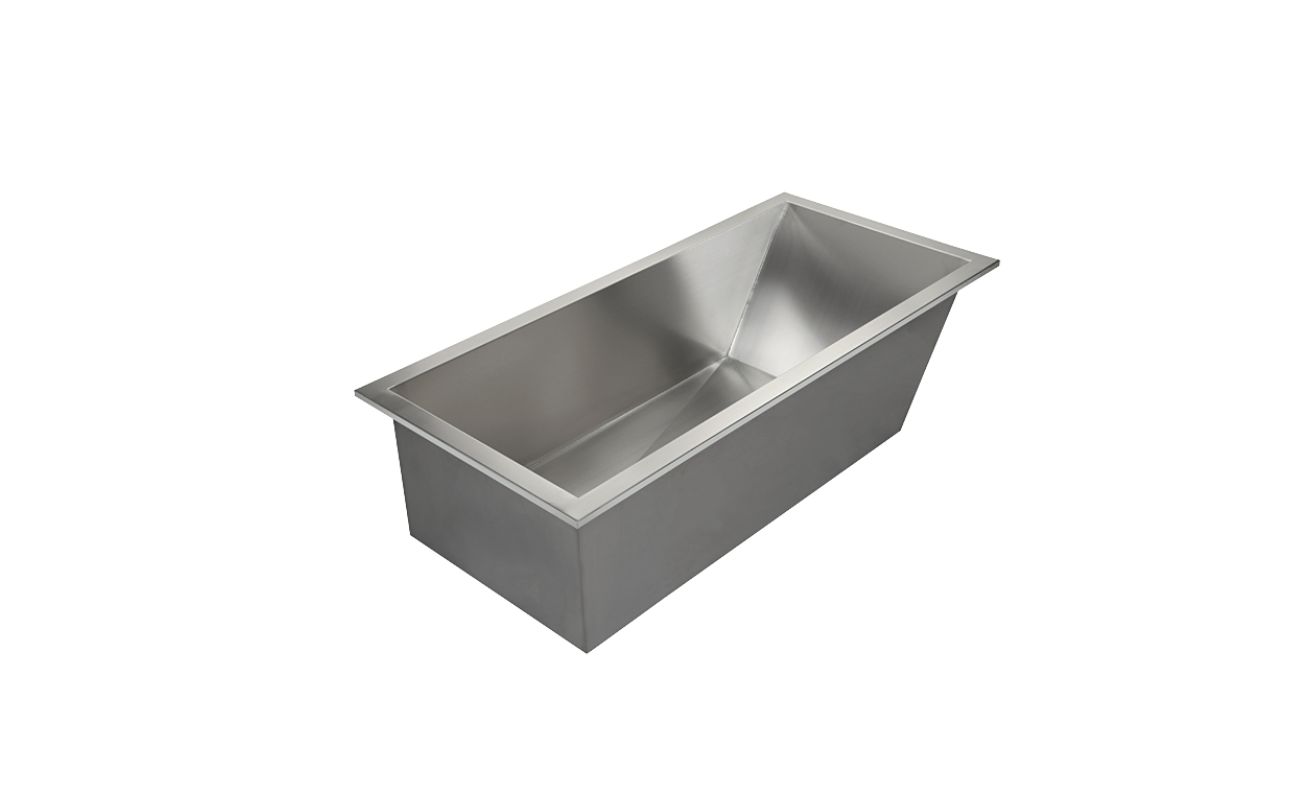

Bathroom Accessories
How Much Does A Steel Bathtub Weigh
Modified: March 25, 2024
Discover the weight of steel bathtubs and other bathroom accessories. Find out how much a steel bathtub weighs and more. Explore now!
(Many of the links in this article redirect to a specific reviewed product. Your purchase of these products through affiliate links helps to generate commission for Storables.com, at no extra cost. Learn more)
Introduction
When it comes to selecting the perfect bathtub for your bathroom, there are numerous factors to consider. One of the key considerations is the weight of the bathtub, particularly in the case of steel bathtubs. The weight of a steel bathtub can have implications for installation, transportation, and overall bathroom design. Understanding the factors that influence the weight of a steel bathtub and the average weight of these fixtures can help homeowners make informed decisions when renovating or building a bathroom. Additionally, exploring the benefits of steel bathtubs can shed light on why they are a popular choice for many households. Let's delve into the world of steel bathtubs and uncover the essential details that every homeowner should know.
Key Takeaways:
- Steel bathtubs can weigh between 200 to 500 pounds, depending on size, thickness, and additional features. Understanding weight is crucial for safe installation and structural support.
- Steel bathtubs offer durability, heat retention, easy maintenance, aesthetic versatility, and environmental sustainability. Consider these benefits when choosing a reliable and visually appealing bathing solution.
Read more: How Much Does A Full Bathtub Weigh
Factors Affecting the Weight of a Steel Bathtub
The weight of a steel bathtub is influenced by several key factors, each of which plays a significant role in determining the overall heft of the fixture. Understanding these factors is crucial for homeowners and contractors alike, as it can impact the installation process, structural considerations, and transportation logistics. Here are the primary factors affecting the weight of a steel bathtub:
-
Material Thickness: The thickness of the steel used in the construction of the bathtub is a major determinant of its weight. Thicker steel will naturally result in a heavier bathtub, while thinner steel will reduce the overall weight. Manufacturers often offer a range of thickness options to accommodate different preferences and structural requirements.
-
Size and Dimensions: The size and dimensions of the bathtub directly impact its weight. Larger and deeper bathtubs will naturally weigh more than smaller, shallower models. Additionally, the shape of the bathtub, whether it is a standard rectangular design or a more intricate freestanding model, can also influence its weight.
-
Additional Features: Many steel bathtubs come equipped with additional features such as built-in armrests, lumbar support, or intricate designs. These features can add to the overall weight of the bathtub, as they require more steel and material during the manufacturing process.
-
Reinforcement and Insulation: The presence of reinforcement and insulation within the bathtub can significantly impact its weight. Reinforcement materials such as fiberglass or resin-coated steel can add heft to the bathtub, while insulation layers designed to maintain water temperature can also contribute to its overall weight.
-
Finish and Coating: The type of finish and coating applied to the steel bathtub can influence its weight. For instance, a bathtub with a porcelain enamel coating will be heavier than an uncoated steel bathtub due to the additional layers of material applied during the finishing process.
Understanding these factors is essential for anyone considering the installation or renovation of a bathroom with a steel bathtub. By taking these considerations into account, homeowners and contractors can make informed decisions regarding the selection, transportation, and installation of steel bathtubs.
Average Weight of a Steel Bathtub
The average weight of a steel bathtub can vary significantly based on the factors mentioned earlier. Typically, a standard steel bathtub with dimensions of around 60 inches in length, 30 inches in width, and 15 inches in depth can weigh between 300 to 500 pounds. However, it's important to note that this is a general range, and the actual weight can differ based on the specific model, manufacturer, and additional features.
For larger steel bathtubs, such as those designed for soaking or whirlpool purposes, the weight can exceed 500 pounds due to the increased size and water capacity. On the other hand, smaller steel bathtubs, often found in compact or space-saving designs, may weigh closer to 200 to 300 pounds.
The thickness of the steel used in the construction of the bathtub also plays a crucial role in determining its weight. Thicker steel will result in a heavier bathtub, while thinner steel will reduce the overall weight. Additionally, the presence of reinforcement materials, insulation layers, and intricate designs can further add to the weight of the bathtub.
It's important for homeowners and contractors to consider the weight of a steel bathtub during the planning and installation stages. Proper structural support and flooring reinforcement may be necessary to accommodate the weight of the bathtub, especially for larger or heavier models. Additionally, transportation and maneuvering of the bathtub during installation should be carefully planned to ensure safety and prevent damage to the fixture or surrounding areas.
When selecting a steel bathtub, it's advisable to consult with the manufacturer or supplier to obtain the specific weight of the chosen model. This information can guide the installation process and help determine if any additional considerations or modifications are required to support the weight of the bathtub effectively.
In summary, the average weight of a steel bathtub can range from 200 to 500 pounds, with larger or feature-rich models potentially exceeding this range. Understanding the weight of the chosen bathtub is essential for ensuring a successful and safe installation, as well as for making informed decisions regarding structural support and transportation logistics.
A standard steel bathtub typically weighs around 100-150 pounds, but this can vary depending on the size and thickness of the steel. Be sure to consider the weight when planning for installation or removal.
Benefits of a Steel Bathtub
Steel bathtubs offer a myriad of benefits that make them a popular choice for homeowners seeking durability, longevity, and aesthetic appeal in their bathrooms. Understanding the advantages of opting for a steel bathtub can provide valuable insights for individuals considering this fixture for their homes. Here are the compelling benefits of choosing a steel bathtub:
-
Durability and Longevity: Steel bathtubs are renowned for their exceptional durability and longevity. The robust nature of steel ensures that the bathtub can withstand daily use, resist impacts, and maintain its structural integrity over time. Unlike other materials that may chip, crack, or fade, steel bathtubs offer a long-lasting solution for homeowners, making them a wise investment for the future.
-
Heat Retention: Steel bathtubs have excellent heat retention properties, allowing them to retain water temperature for extended periods. This means that once filled, the bathtub will keep the water warm, providing a relaxing and comfortable bathing experience. The ability to maintain water temperature can enhance the overall enjoyment of baths and contribute to a luxurious bathing environment.
-
Easy Maintenance: Steel bathtubs are relatively easy to maintain, requiring minimal effort to keep them clean and in top condition. The non-porous nature of steel makes it resistant to stains, mold, and mildew, simplifying the cleaning process. Additionally, steel bathtubs are less susceptible to discoloration or fading, ensuring that they retain their aesthetic appeal with minimal maintenance.
-
Aesthetic Versatility: Steel bathtubs are available in a wide range of designs, styles, and finishes, offering homeowners the flexibility to choose a bathtub that complements their bathroom decor and personal preferences. Whether seeking a sleek, modern look or a classic, timeless design, steel bathtubs can cater to diverse aesthetic tastes, making them a versatile choice for various bathroom settings.
-
Environmental Sustainability: Steel is a recyclable material, making steel bathtubs an environmentally sustainable option for eco-conscious individuals. Choosing a steel bathtub contributes to reducing the environmental impact associated with bathroom fixtures, aligning with sustainable living practices and responsible consumption.
-
Resistance to Chemicals and Abrasions: Steel bathtubs exhibit resistance to chemicals and abrasions, ensuring that they can withstand the use of cleaning agents and maintain their pristine appearance. This durability makes steel bathtubs suitable for households where robustness and resistance to wear and tear are essential considerations.
By considering these benefits, homeowners can make informed decisions when selecting a bathtub for their bathrooms. The durability, heat retention, easy maintenance, aesthetic versatility, environmental sustainability, and resistance to chemicals and abrasions make steel bathtubs a compelling choice for those seeking a reliable, long-lasting, and visually appealing bathing solution.
Conclusion
In conclusion, the weight of a steel bathtub is influenced by various factors, including material thickness, size and dimensions, additional features, reinforcement and insulation, and finish and coating. These factors collectively contribute to the overall weight of the bathtub, impacting installation, transportation, and structural considerations. The average weight of a steel bathtub typically ranges from 200 to 500 pounds, with larger or feature-rich models potentially exceeding this range. Understanding the weight of the chosen bathtub is crucial for ensuring a successful and safe installation, as well as for making informed decisions regarding structural support and transportation logistics.
Despite the weight considerations, steel bathtubs offer a multitude of benefits that make them an attractive choice for homeowners. Their durability, longevity, heat retention properties, easy maintenance, aesthetic versatility, environmental sustainability, and resistance to chemicals and abrasions position them as a reliable and visually appealing bathing solution. By weighing the advantages of steel bathtubs against their weight-related considerations, homeowners can make informed decisions that align with their preferences, bathroom design, and long-term satisfaction.
When selecting a steel bathtub, it's essential for homeowners to consider their specific needs, bathroom layout, and installation requirements. Consulting with manufacturers or suppliers to obtain detailed information about the weight, dimensions, and structural recommendations for the chosen bathtub can provide valuable insights for a seamless and successful installation process. Additionally, working with experienced contractors or professionals to assess the structural readiness of the bathroom and plan for the transportation and installation of the bathtub can ensure that the weight considerations are effectively addressed.
Ultimately, the weight of a steel bathtub is a significant consideration in the overall decision-making process, but it should be balanced with the numerous benefits that steel bathtubs offer. By understanding the factors influencing the weight of steel bathtubs and the advantages they bring, homeowners can confidently select a fixture that not only meets their functional requirements but also enhances the aesthetic and practical aspects of their bathrooms.
Frequently Asked Questions about How Much Does A Steel Bathtub Weigh
Was this page helpful?
At Storables.com, we guarantee accurate and reliable information. Our content, validated by Expert Board Contributors, is crafted following stringent Editorial Policies. We're committed to providing you with well-researched, expert-backed insights for all your informational needs.
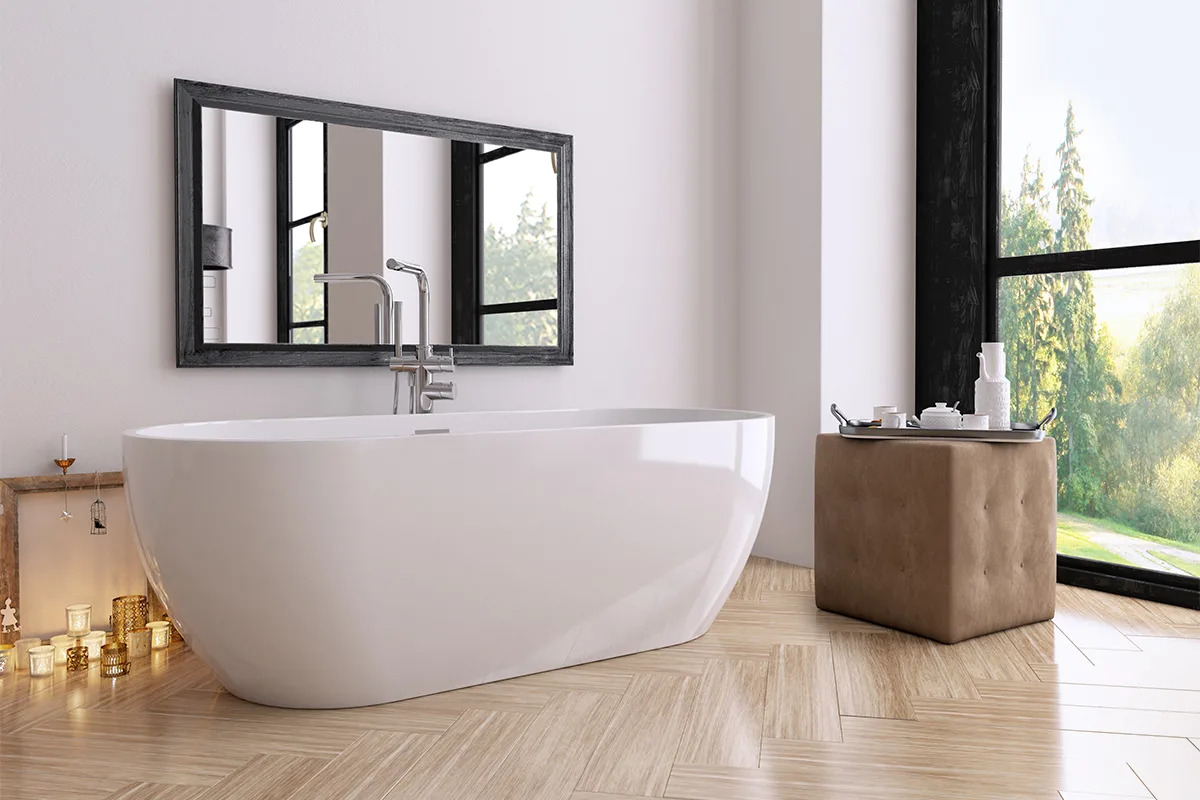
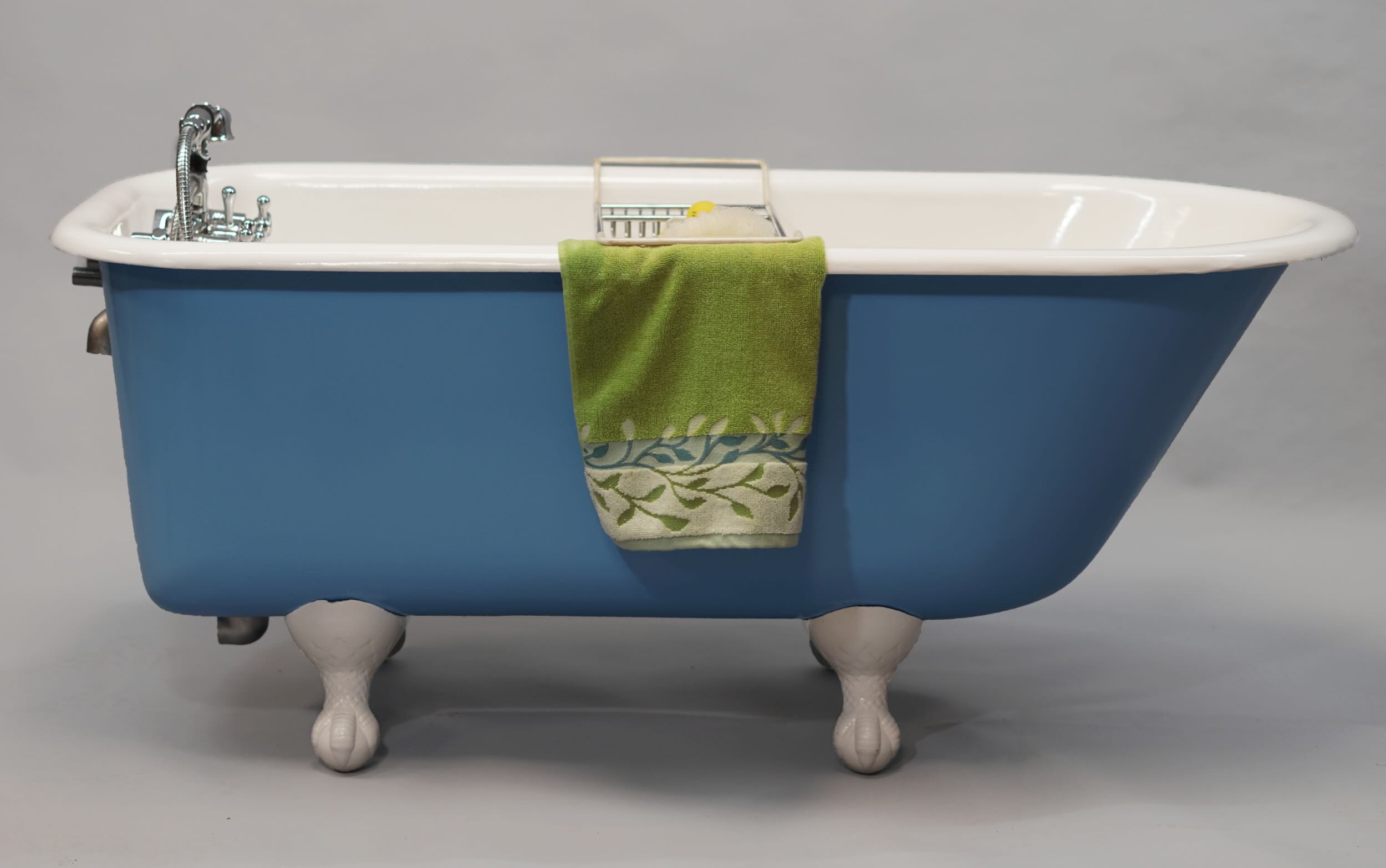
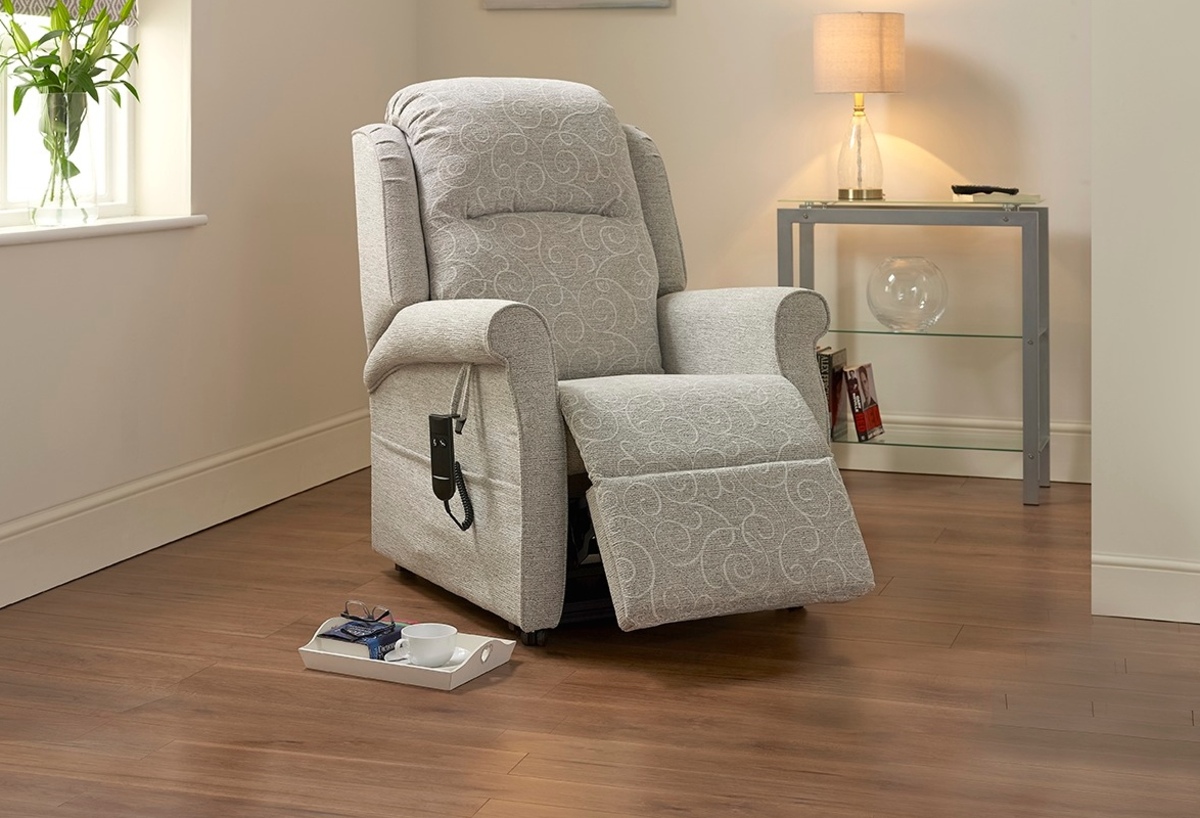
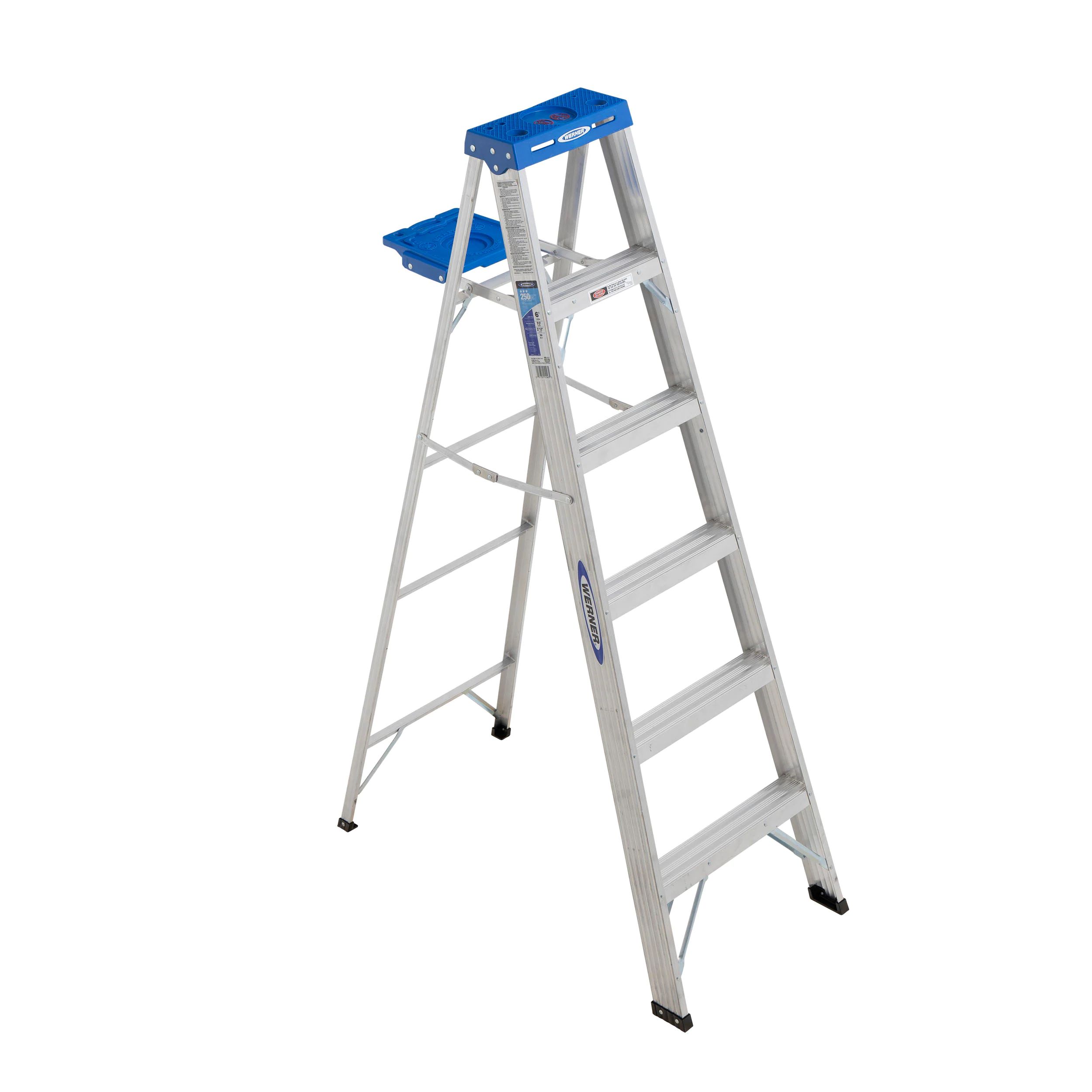
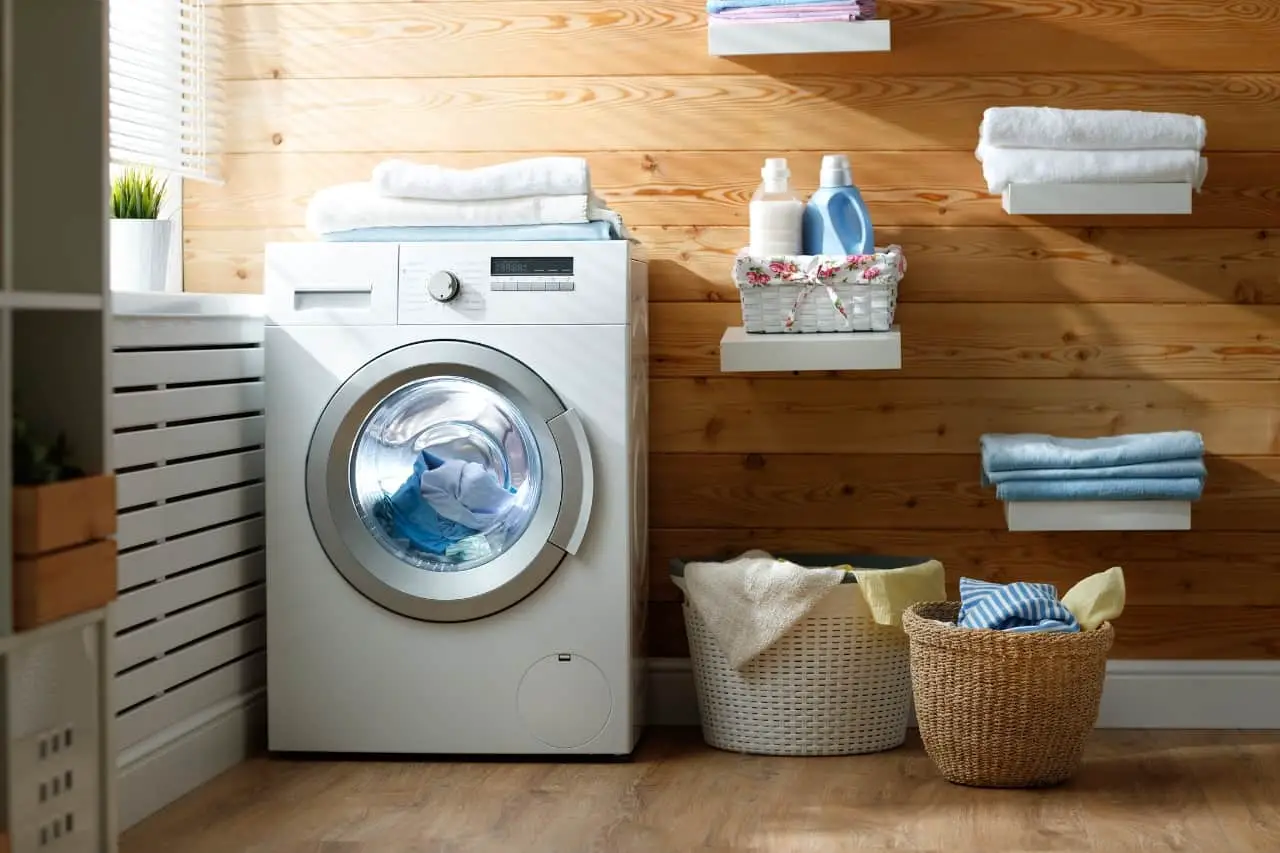





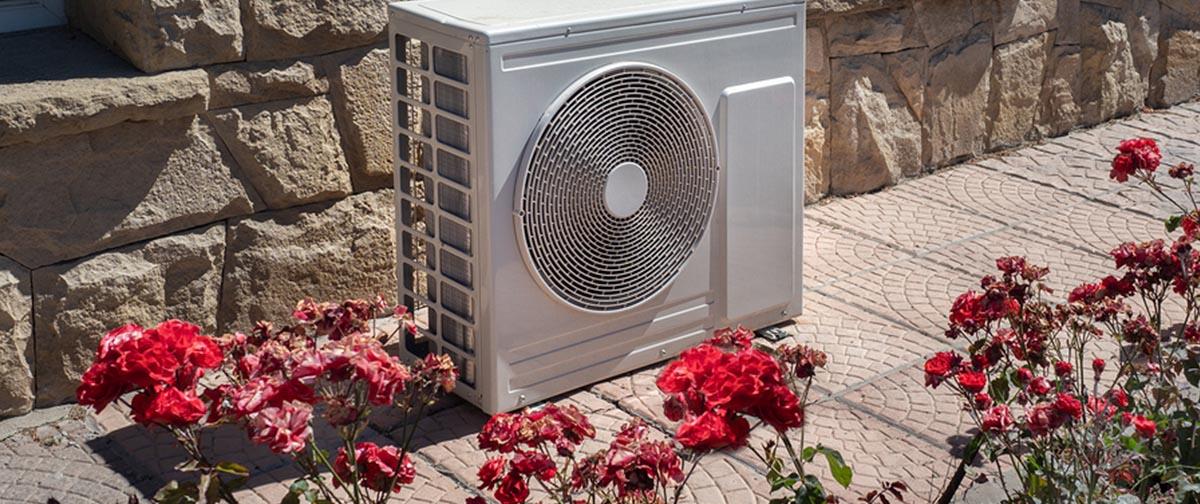
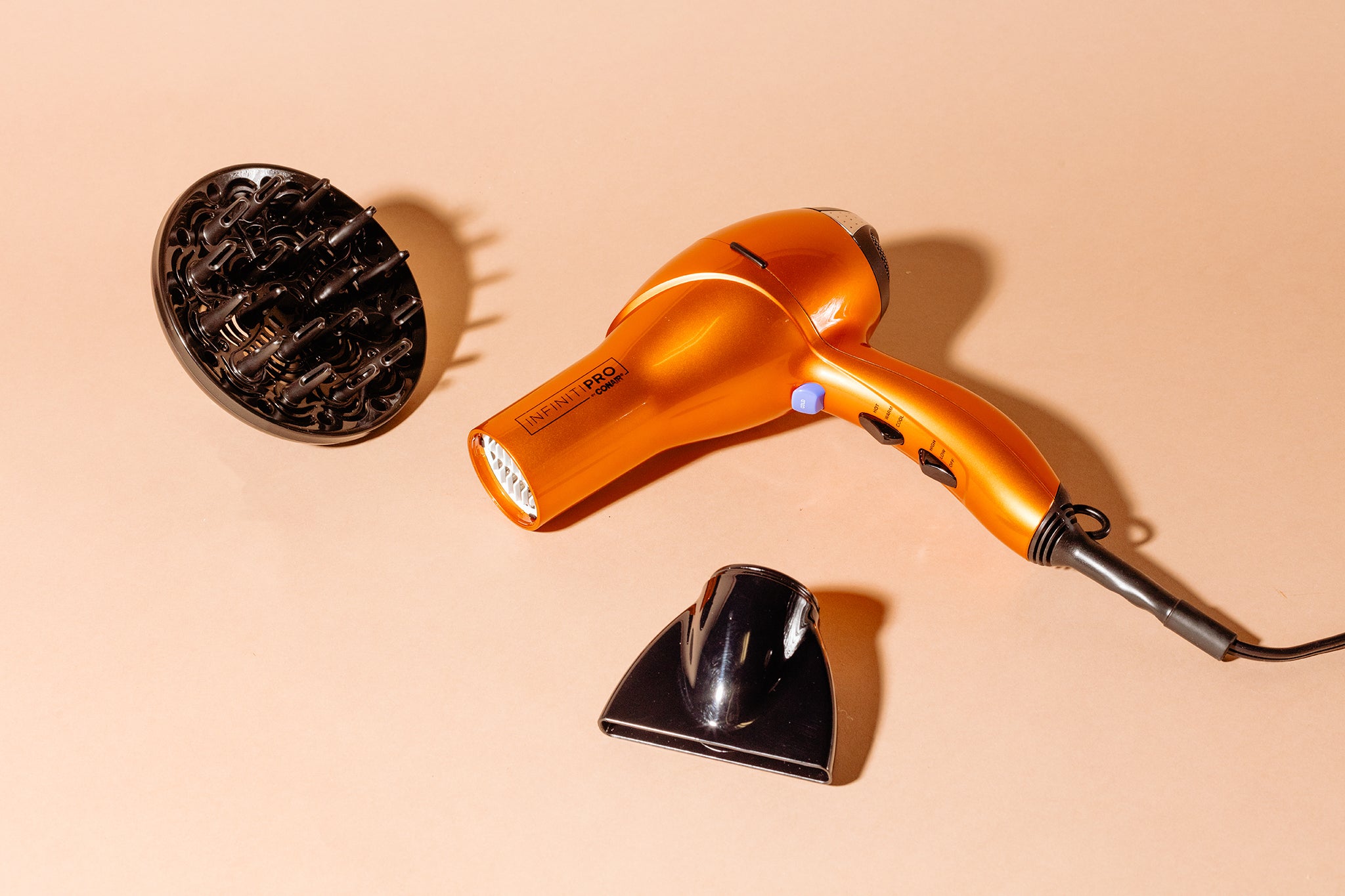
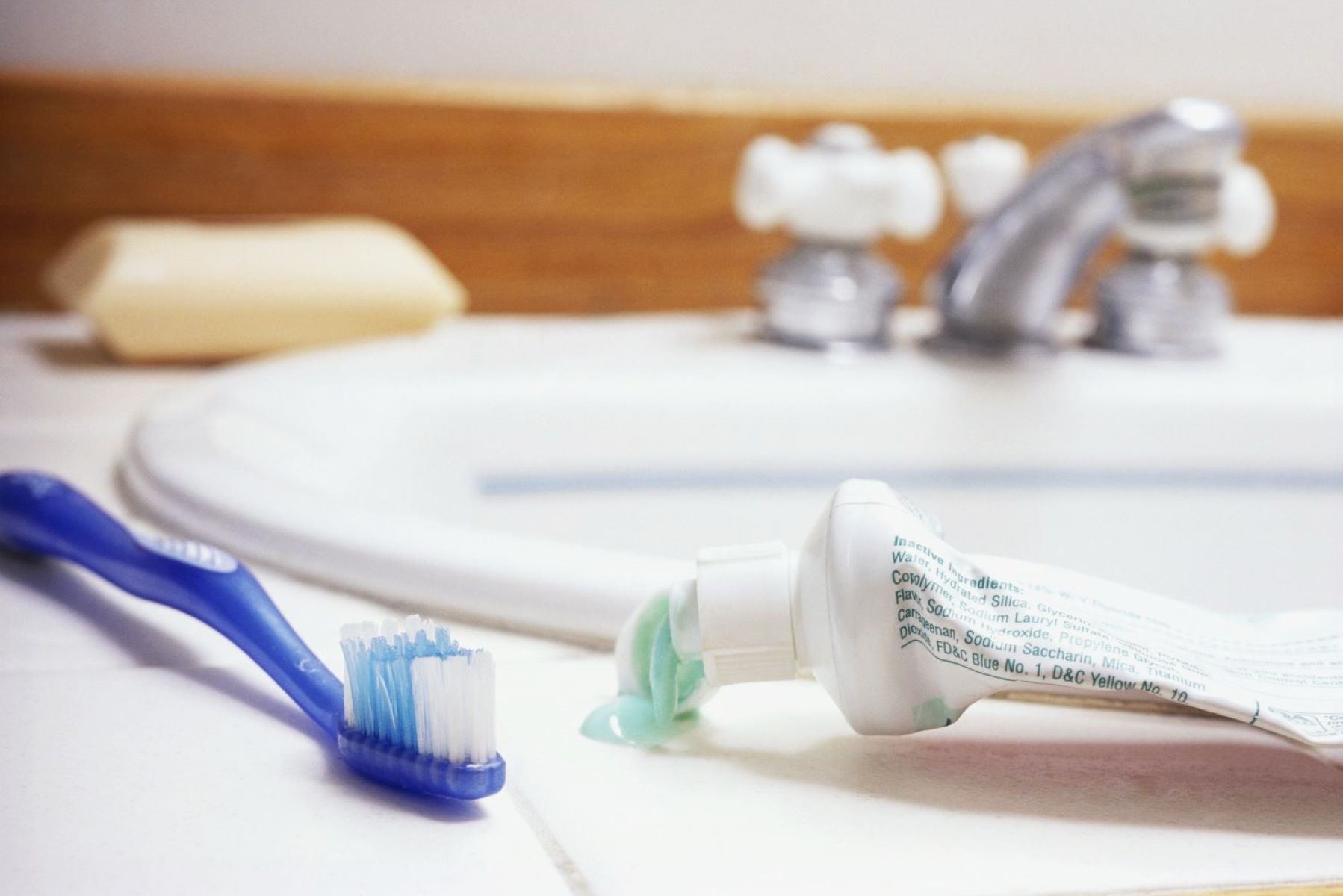

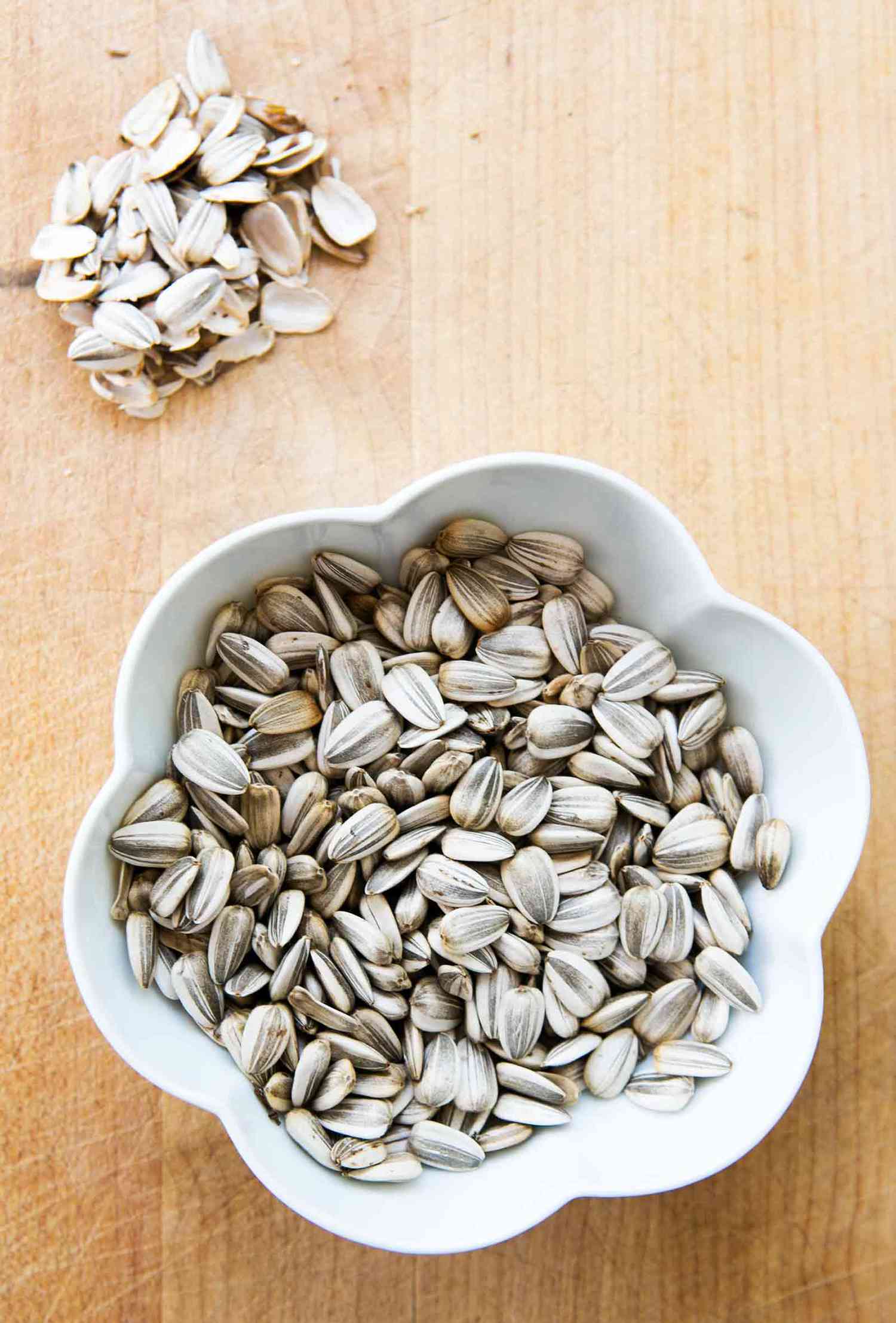

0 thoughts on “How Much Does A Steel Bathtub Weigh”